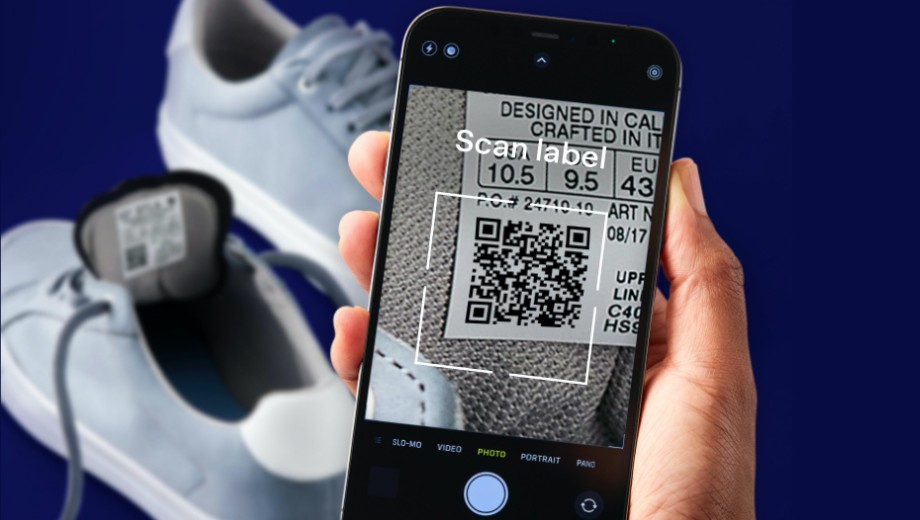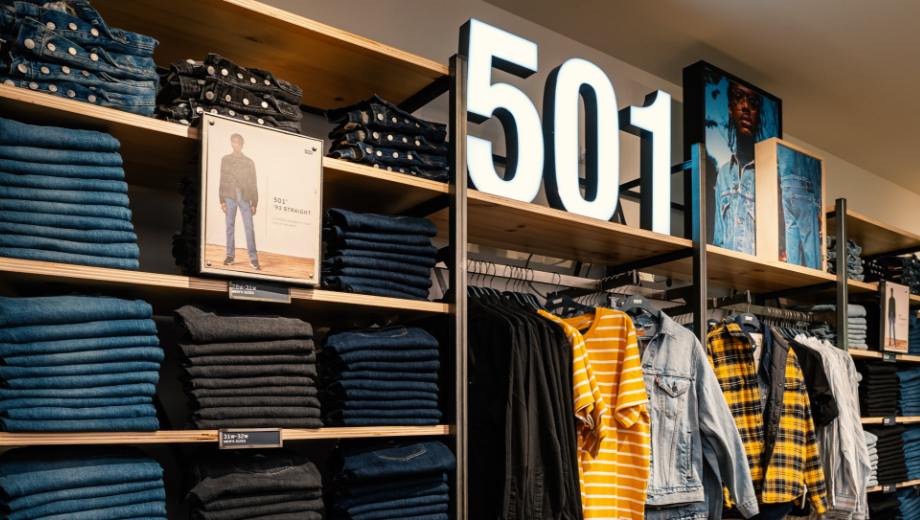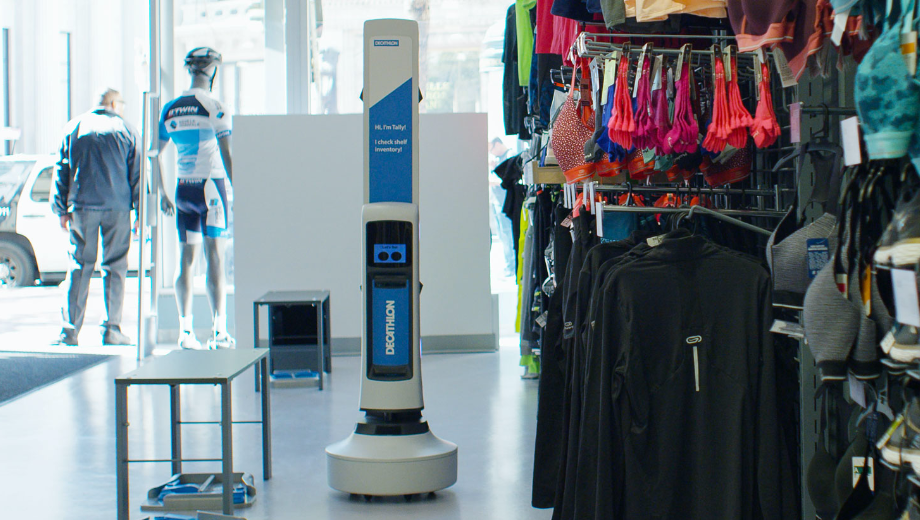Each ball generates a unique identifier, unlocking exclusive content and information for the consumer. The personalized and location-aware experience displays specific details of each ball and provides access to challenges which consumers can enter in the run-up to the 2018 World Cup.
Pushing the limits of consumer experience and product design
Roland Rommler, Category Director Football Hardware at adidas, said about the ball:
“The original Telstar is one of the most iconic soccer balls of all time and one which changed soccer design forever, so developing the Telstar 18 while staying true to the original model was a really exciting challenge for us. The new panel structure and inclusion of an NFC chip has taken soccer innovation and design to a new level and offers both consumers and players a completely new experience.”
The Telstar 18 is not the first smart product equipped with an NFC tag
It’s something adidas consumers have already experienced, for example, in the UltraBOOST shoes, as well as the SPEEDFACTORY range.
“We‘ve come from embedding NFC tags in a few thousand shoes to mass-production schemes, and from delivering simple Internet links to providing exclusive, dynamic and secure interactions in the real world – in digital form,” said Christian Uhl, CEO at Smartrac.
A personalized consumer experience with NFC tags
The most impressive thing about digitizing products is that brands can now deliver personalized experiences to every one of the consumers of those products. With NFC tags embedded in the product, fans are getting a whole lot more than just the physical item.
But equally, companies get access to a whole new channel that offers them a lot of value too. It is a channel that the brand owns, connecting them directly to their consumers. But it’s also a way for them to make sure they can keep giving their consumers more and more value.
At a time when every edge counts, NFC-based solutions offer brands the opportunity to push the limits of the fan experience at scale.



